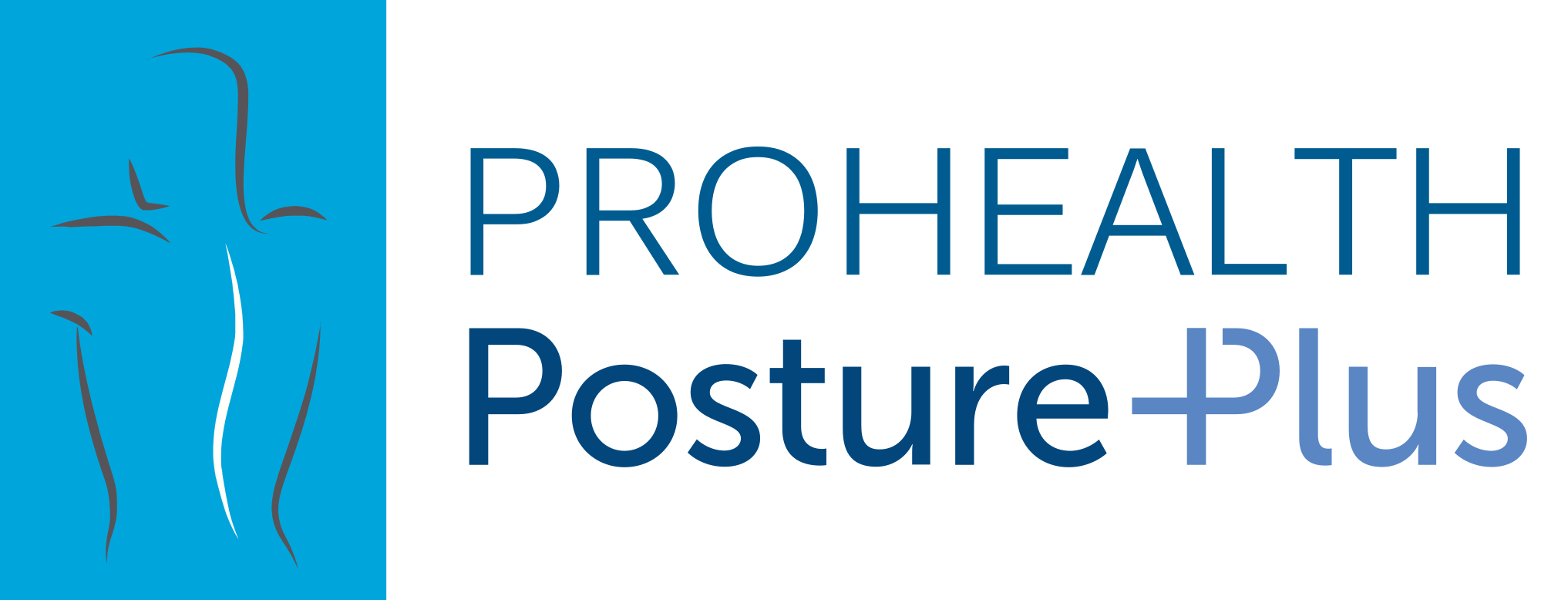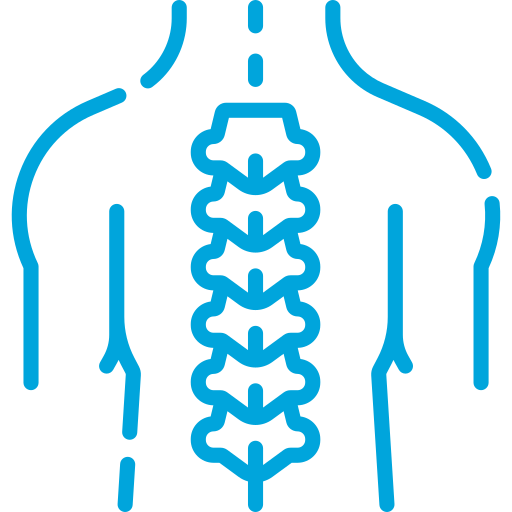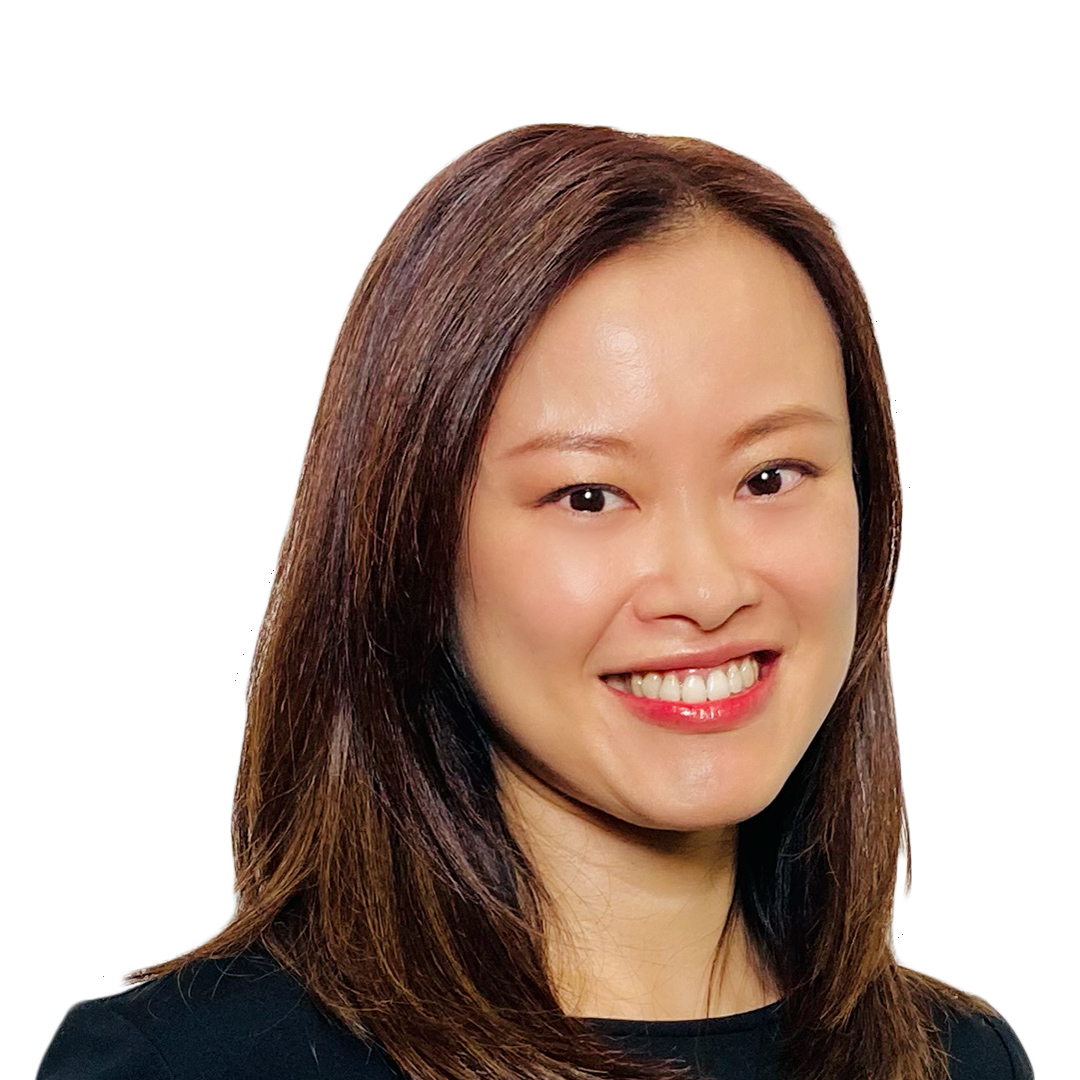If you or a loved one is seeking treatment solutions for scoliosis, our team of physiotherapists is here to help. With our expertise in the Schroth Method and personalised physical therapy & care, we are dedicated to improving your spinal health and enhancing your quality of life.
Understanding Scoliosis
Scoliosis is a condition characterized by abnormal curvature in any part of the spine, often appearing as an “S” or “C” shape. It can affect people of all ages and may cause discomfort, postural issues, and limitations in daily activities. Its symptoms are not always visible, but people with scoliosis normally have uneven shoulders or hips due to the curve of the spine or lean to one side. Early detection and professional intervention are key to managing scoliosis effectively.





